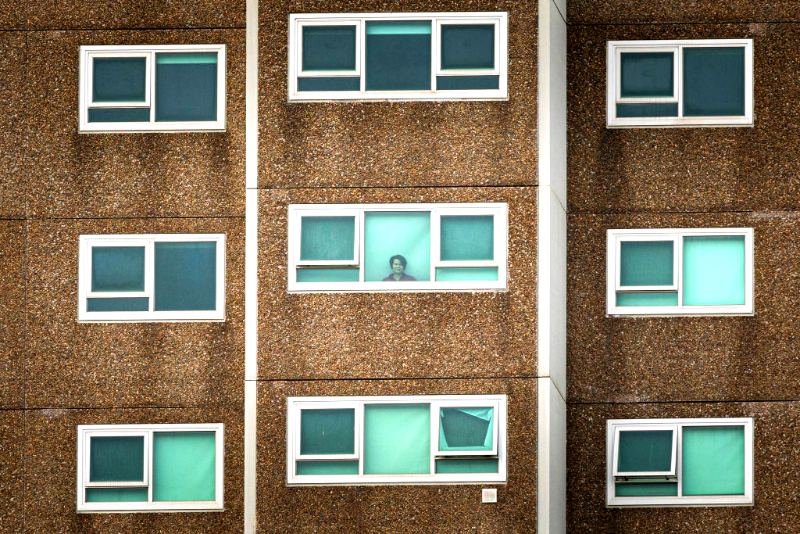Extract from Eureka Street
AUSTRALIA
- Home
- Vol 32 No 2
- The unequal pandemic
- Brigid Meney
- 31 January 2022
When COVID-19 first arrived, it was described as the great equaliser. Infection could happen to anyone. Your race, creed, or the balance of your bank account didn’t matter to the virus that was spreading.
But after a summer of dodging the virus and hunting for rapid tests, it is abundantly clear this isn’t a pandemic of equals. Now we have the data which quantifiably measures just how Australia's socio-economic fault lines were exposed and exacerbated by COVID-19.
The research, commissioned by Catholic Health Australia and undertaken by Australian Catholic University, shows that how well you do in a crisis depends very much on your postcode, your family background, and even your sex.
The report reveals that far from society sharing the pandemic burden, factors such as the uneven application of stay-at-home orders, night-time curfews, testing regimes, vaccine accessibility, and enforcement measures all worked to magnify existing social and economic disadvantage including sharp declines in employment among more vulnerable demographics. For example, during the third wave of Winter 2021, COVID-19 cases were concentrated in suburbs where higher levels of socio-economic disadvantage, blue-collar workers, and culturally and linguistically diverse (CALD) residents lived.
A one percentage point increase in blue-collar workers in a local government area led to one additional coronavirus case for every 183 people, while a one-point increase in the percentage of CALD residents led to an additional case for every 255 people.
"It seems obvious that the pandemic would exaggerate the inequities that already exist within our society. What matters now is having the foresight to ensure our ongoing pandemic response and recovery aims to address disparity."
The residents of these LGAs were people who worked in construction, retail, transport, hospitality, and even health. They had to keep working to keep our cities running, but they were also dealing with added restrictions.
At the height of the crisis, stunned citizens in areas such as Sydney’s 12 ‘LGAs of concern’ faced harsher lockdowns, curfews and Big Brother-style surveillance, while elsewhere in the city apparently more well-to-do people seemingly enjoyed greater freedoms.
The social divide included vaccination rates, the great hope of ending the pandemic, with localities with the highest case numbers recording the lowest full vaccination rates, while the highest vaccinated localities were in relatively wealthy, affluent areas.
Compounding all of this, the social and economic impacts of extended lockdown policies fell disproportionately on women. As well as being concentrated in industries with high rates of job loss and insecure employment, women carried the burden of additional care and household-based work under stay-at-home orders, including the need to care for dependent children forced to home-school.
With hindsight, it seems obvious that the pandemic would exaggerate the inequities that already exist within our society. What matters now is having the foresight to ensure our ongoing pandemic response and recovery aims to address disparity, rather than entrenching disadvantage.
So with that in mind what restorative policy fixes should we be thinking about, to repair the divisions and foster greater fairness? Catholic Health Australia believes there are a number of measures which could address suffering being felt in communities. Funding no-gap psychological support for identified vulnerable groups is a start. The Head to Health and Head to Help pop ups, which delivered greater access to mental health professionals, should be extended and expanded to areas most impacted by the pandemic.
We should also get smarter about using existing networks. In Japan they have successfully used postal workers to spread information and resources. With some training, posties here could provide high-need communities with social service contacts.
Centrelink offices could also be sites for accessing social services, not just government support. By co-locating providers with government services we can make sure there is a ‘no wrong door’ approach to welfare and support.
In short, prioritising the most vulnerable, meeting them where they are, and making services accessible, rather than just available, needs to be the guiding principle of all policy. As Pope Francis says: ‘The measure of the greatness of a society is found in the way it treats those most in need, those who have nothing apart from their poverty.’

No comments:
Post a Comment